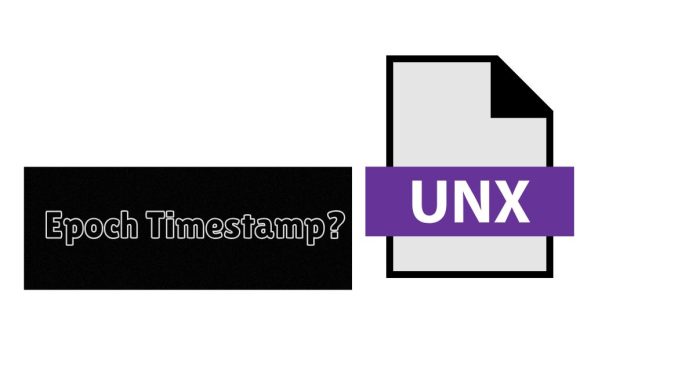The terms Epoch Timestamp and Unix Timestamp are closely related and often used interchangeably, but there are subtle differences depending on context:
1. Epoch Timestamp
- Definition: A generic term for a timestamp representing the number of seconds or milliseconds that have elapsed since a specific starting point in time, called the “epoch.”
- Epoch: This starting point varies depending on the system. For example:
- Unix Epoch: Starts from January 1, 1970, 00:00:00 UTC.
- Other systems may have different epochs (e.g., Microsoft .NET uses January 1, 0001, as its epoch).
- Granularity: Can represent time in seconds, milliseconds, or even nanoseconds since the epoch.
2. Unix Timestamp
- Definition: A specific type of epoch timestamp that refers to the number of seconds that have elapsed since the Unix epoch: January 1, 1970, 00:00:00 UTC.
- Fixed Epoch: Always uses the Unix epoch as the reference point.
- Granularity: Traditionally uses seconds, though some systems (e.g., JavaScript) extend it to milliseconds.
Key Differences:
| Feature | Epoch Timestamp | Unix Timestamp |
|---|---|---|
| Reference Point | Varies depending on the system. | Always starts from January 1, 1970, UTC. |
| Granularity | Can be seconds, milliseconds, etc. | Typically measured in seconds. |
| Usage | General term for time since an epoch. | Specific to Unix-like systems. |
Summary:
- Epoch Timestamp is a broader term that refers to time elapsed since any defined epoch.
- Unix Timestamp is a specific implementation of an epoch timestamp, tied to the Unix epoch (1970) and typically measured in seconds.
Related posts:
- What does ringing in the ears mean spiritually?
- What Colors Do Blue and Green Make?
- How Long Does Raw Chicken Really Last in the Fridge?
- What are some amazing and memorable Valentine’s Day ideas that will leave a lasting impression?
- What is the definition of ‘friends with benefits?
- What is the difference between a bachelor’s and a degree?


